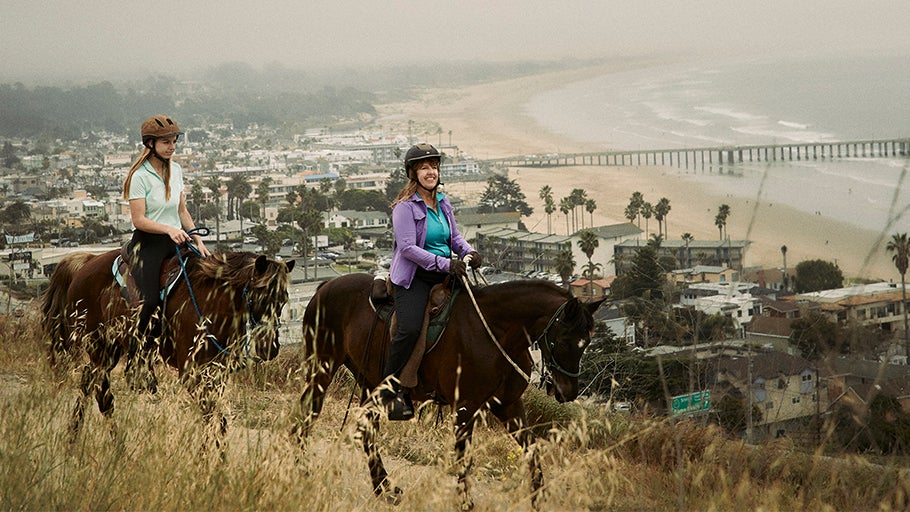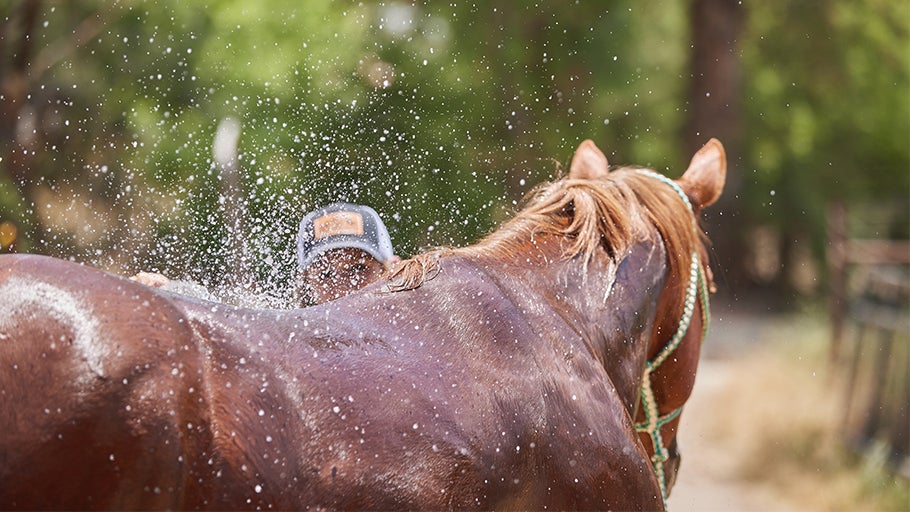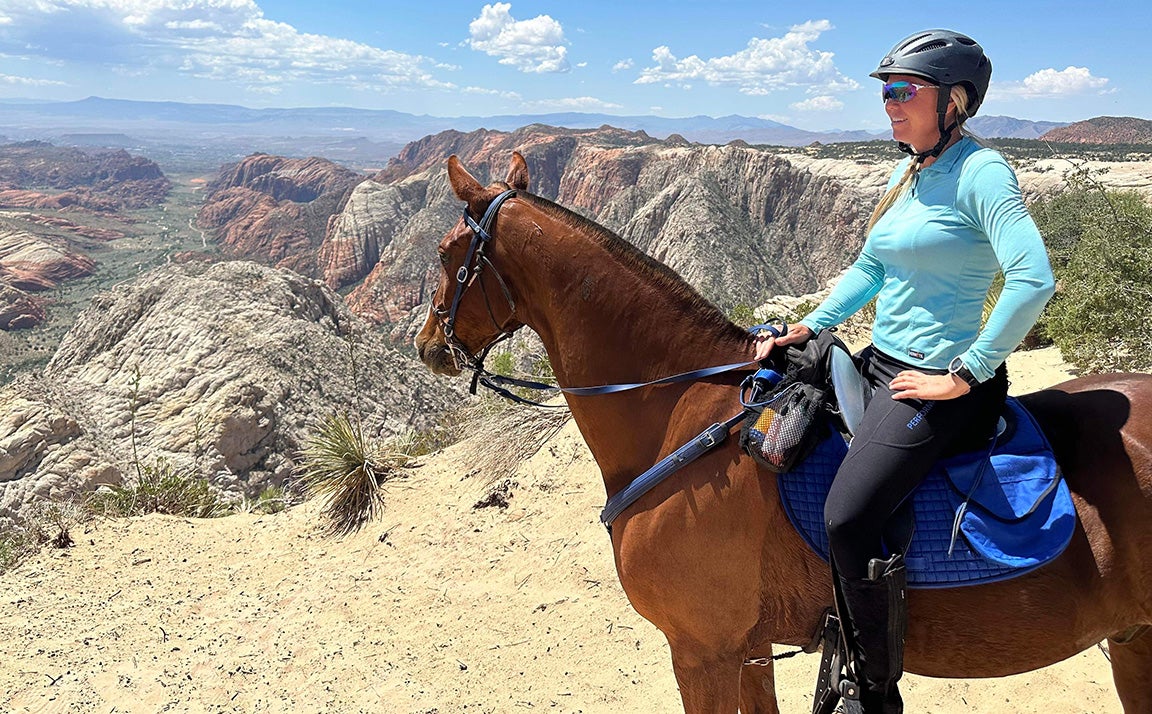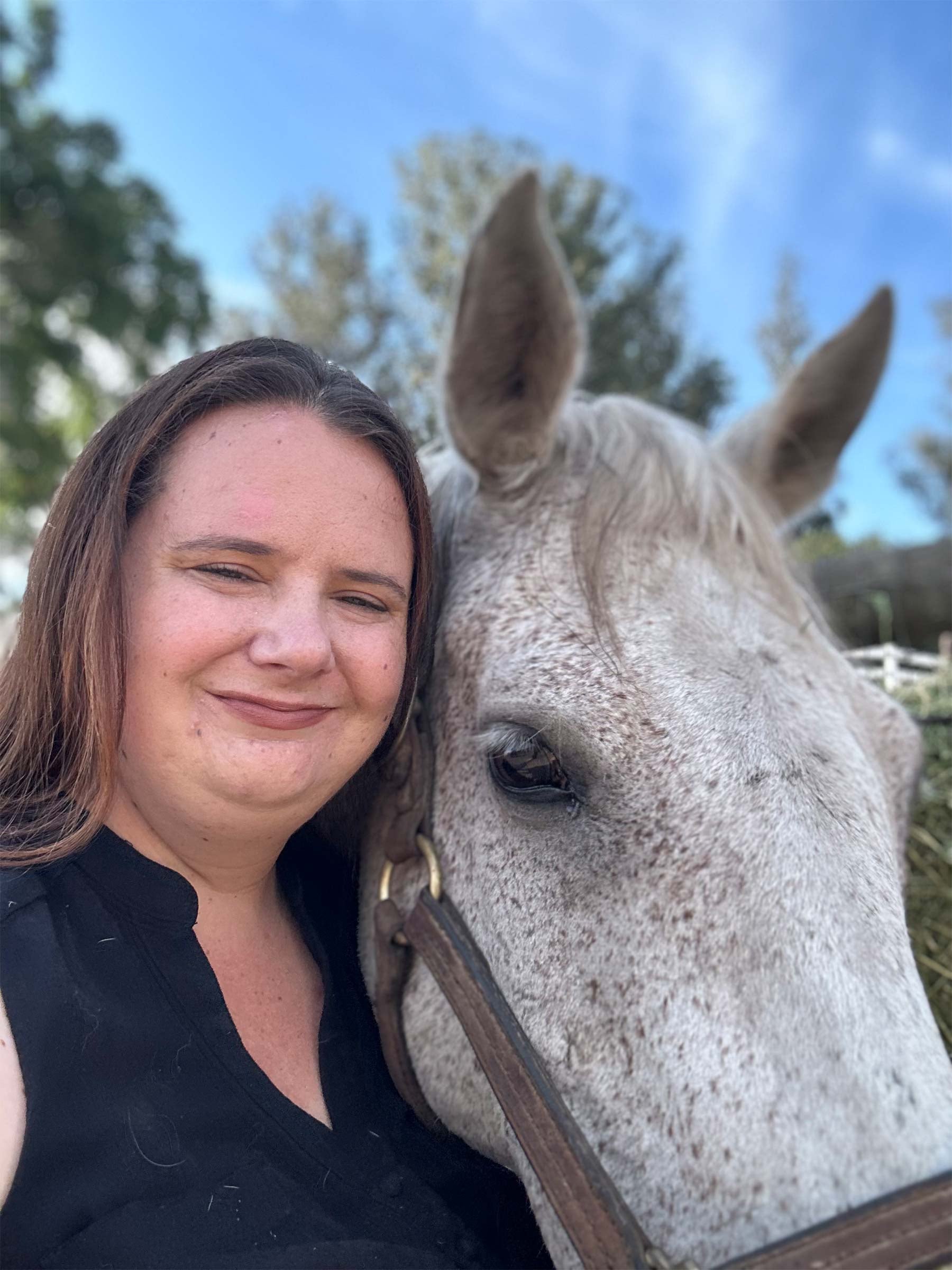
Training for 100-Mile Long Distance Endurance Rides
When it comes to getting a horse ready for an endurance ride, RW-sponsored rider Stevie Delahunt has plenty of hard-won knowledge under her belt! From shorter Limited Distance rides to multiple completions in 100-mile rides, such as the Tevis Cup, Stevie has carefully developed a training program to set her horses up for success.
Though what exactly goes into getting your horse ready for a Limited Distance ride versus a much longer distance, such as 75 or even 100 miles? To provide some insight into the training differences between these types of races, Stevie has shared with us what her training program looks like for these two very different equestrian events.
When Does Tevis Training Begin?
Training for a 100-mile ride like Tevis doesn't start a few months before the event, it starts years in advance. For example, I believe it takes a minimum of five years to produce a truly "Tevis-ready horse." This includes both mental maturity and the deep, slow-developing physical strength that only consistent, long-term work can build.
Our horses get a brief break in the winter, maybe a month or two, but I've found long layoffs to be counterproductive. Imagine training for a 100-mile ultramarathon yourself. Would it make sense to let your fitness slide during the year and then try to ramp back up quickly? Of course not. That's why my program is built on maintaining a marathon-level base year-round.
Limited Distance vs. Long Distance
Preparing a horse for a 25-mile Limited Distance ride is significantly different from the years-long process of building a 100-mile competitor. A horse can safely prepare for a 25- or 30-mile ride in about six months. While both require sound horsemanship, conditioning, and attention to detail, Limited Distance preparation is typically a stepping stone in a horse's Endurance career. It can be a way to safely introduce the demands of competition, vet checks, trail navigation, and rider management.
Getting a horse ready for a 100-mile challenge takes years. You can't rush the process. It's about cumulative fitness, experience, and resilience. Your horse has to learn not just to go the distance, but to think and recover along the way. My horses are kept fit year-round with specific interval loading that combines endurance miles, cross-training, and terrain-specific conditioning to build not just physical fitness, but deep metabolic and mental resilience. These horses are trained to handle long descents, technical climbs, night riding, heat stress, and recovery over 24 hours or more. Electrolyte and nutrition protocols are precisely honed, and tapering is strategic.
Daily Routine
When it comes to training for a Limited Distance ride, the conditioning focus is on gradually developing the horse's aerobic base, strengthening soft tissues, and introducing them to real trail conditions. A few months of consistent work—including walking, trotting, and controlled cantering over varied terrain—is usually sufficient for a healthy, mature horse. Emphasis is placed on learning pacing, hydration habits, and standing quietly for vet checks. The goal is to finish with a happy, sound horse that is more confident and experienced than when it started.
Our horses, training for a 100-mile ride, have a fairly structured, yet dynamic routine. On most weekends, they're either competing in an endurance race or helping us host retreat riders. During those three-day retreats, horses often log eight to twenty miles daily. On weekdays, they're used in riding lessons, doing light trail work, or jumping—about one to three times a week for an hour at a time.
Nutrition is equally tailored. Our horses are on a no-grain, forage-only diet with custom non-GMO alfalfa mash and individually designed supplement and electrolyte protocols. We don't feed to bulk them up, we feed to fuel their workload and support recovery. For a hilly ride such as Tevis, we start incorporating steeper climbs into our weekend training. For flat 100s, we train in deep sand to build stamina and tendon strength. Every detail is intentional!
Endurance Riding Cross-Training
Cross-training isn't a bonus—it's essential. We add variety to our horses' routines through jumping and cattle work, which helps them develop body control, balance, and mental sharpness. They learn to move with coordination and confidence, and they get a mental break from long miles on the trail. Cross-training, like basic arena work, light hill work, and even exposure to groups of horses or ride-camp setups, is an especially valuable tool for horses at the stage where they are training for Limited Distance rides.
As for the riders? A 100-mile ride like Tevis isn't a "just sit and steer" ride. This year for Tevis, I'm training for a half Ironman that happens the weekend after the ride, and it's a great synergy. Running and sauna sessions prepare me for the heat and physical demands of Tevis, especially in sections like canyons, where I'll need to dismount and run beside my horse. Our horses need us to be athletes, too.
Listening to Your Horse
While good breeding can give a horse an edge, I've seen plenty of "average" horses rise to the challenge through grit and heart. That's the secret sauce. What sets a true 100-mile horse apart from the one who tops out at 50 isn't just conformation or breeding, it's love for the job. They want to go. They want to keep up with their herd. That internal drive can't be trained, it has to be discovered.
We constantly monitor our horses for signs that we need to adjust training. That includes saddle fit evaluations, bodywork, and nutrition reviews. In the lead up to a big ride, we invest heavily in our horses' wellness, because fitness alone isn't enough.
Rides like Tevis have built-in safety measures, like frequent vet checks, that help us recognize if a horse is having an off day. So far, we've been fortunate; our horses have shown up ready. But success always includes a measure of luck. Even the best-prepared horse can meet an unexpected challenge on the trail.
The Days Leading Up to Tevis
In the last couple of weeks before Tevis, we follow a well-rehearsed tapering ritual. Two to three weeks out, we do a 30-mile conditioning ride on terrain that mimics the Tevis trail: steep, technical, and challenging. After that, it's about rest, quality nutrition, and fine-tuning.
Two weeks before race day, we apply steel shoes with pads to protect their feet over the rocky terrain. During this taper period, the horses enjoy top-notch feed and minimal stress. Some of the must-haves for my horses in the lead up to the ride include Redmond Daily Gold, Redmond Daily Red Mineral Mix, and Vetline EqVital. We trust the training is done, and now it's about getting to the start line rested, fueled, and mentally fresh.
Stevie Delahunt's Favorite Products
Closing Thoughts
Whether you are just dipping your toes into the world of endurance riding and preparing for your first Limited Distance ride, or are a seasoned pro readying for a longer distance adventure, we hope this article has provided some helpful insight! To learn more about Stevie and her equestrian journey, be sure to check out our article, Meet Stevie Delahunt. Should you have any questions regarding any of her favorite products (or other equine-related items), our customer service team is always happy to help at 1-800-620-9145 or info@ridingwarehouse.com. Happy trails!
Related Articles

















